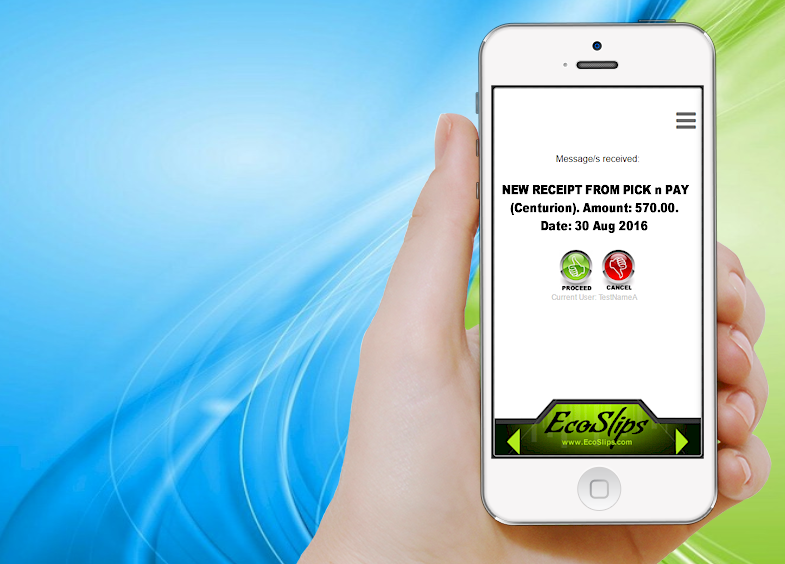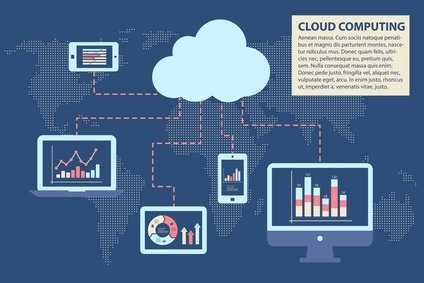SAS is working with KPMG to open Cloud Acceleration Centers and with Handshake to recruit young data scientists.
SAS is using partnerships to define and drive the company’s latest cloud strategy with new alliances with Microsoft, KPMG, and Handshake. SAS will use these new collaborations to expand its product line, help current customers manage cloud projects, and find new employees.
At the SAS Global Forum 2020, executives from the company explained these new partnerships and gave an update on how the company is weathering the coronavirus pandemic.
Oliver Schabenberger, COO at SAS, said the company is financially stable, and although the pandemic might end the company’s 44 straight years of profitability, SAS has announced that it won’t lay off or furlough employees during the pandemic.
The goal of the Microsoft partnership is to build smart, automated, reliable, and explainable decision systems that can work at scale, Schabenberger said.
“As data moves to the cloud, analytics follow and businesses processes become more data-driven and analytics led,” Schabenberger said.
Jay Upchurch, the CIO at SAS, said discussions about the Microsoft partnership started a year ago. The two companies realized they had many of the same key customers, including global banking companies, which sparked the initial conversation. The partnership also was driven by similar corporate cultures, complementary tech, and commercial opportunities, he added.
“There also was overwhelming customer demand for SAS services on Azure, so we listened to the market,” Upchurch said.
David Macdonald, an EVP and chief sales officer at SAS, said these customer collaborations will be more than just moving existing customer workloads to Azure.
“It’s not just lift and shift but taking advantage of the collaboration to leverage cloud services and microservices as well,” he said.
Upchurch said there will be three phases in the SAS and Microsoft partnership:
- Now: Migrate customers to Azure to optimize software and hardware
- Near-term: Next release of SAS Viya on Azure Marketplace using cloud-native services and optimizations
- Long-term: Launch SAS solutions and industry offerings running on top of Viya on Azure
SAS will migrate its internal operations to Azure as well. The company will continue to support all cloud platforms that its customers are using.
Macdonald said the Microsoft partnership will help customers speed up their digital transformation projects.
“Decision-making support is almost a prerequisite for these changes, and cloud services like APIs and microservices are becoming table stakes for improving agility,” he said.
Macdonald said SAS has been helping cities and countries respond to new business demands caused by the coronavirus. This has included helping banks define new baselines for stress testing and helping hospitals forecast bed capacity and ventilator availability. The company posted these models on GitHub.
Two more partnerships focus on students and digital transformation
At the virtual event, SAS announced two other partnerships with KPMG and Handshake. SAS will work with KPMG cloud consultants to open Cloud Acceleration Centers. The centers will support SAS clients who have their own cloud environment as well as those who are employing other cloud-based managed services. KPMG has a network of more than 400 practitioners around the world to support SAS clients with digital transformation projects and cloud migration.
At the start of the pandemic, SAS offered access to its online training resources for free for 30 days and recently extended this access indefinitely.
SAS will be working with Handshake to find students who are interested in data science as a career. Handshake is a career website for college students in the US, which helps students filter job opportunities based on career state. The site helps large companies including the Fortune 500 find early-career talent.
Feature Image Credit: SAS and Microsoft announced a new cloud technology partnership to integrate SAS analytics tools with Microsoft’s Azure platform. Image: SAS








